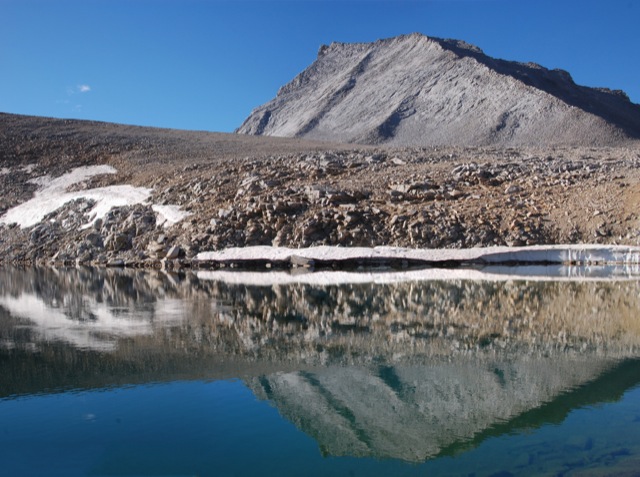
Basics: This hike climbs from Stinson Beach to the East Peak of Mt Tamalpais. It’s a long one – we hiked it as a loop totaling over 16 miles round trip. We reached the top via the Steep Ravine Trail, Matt Davis Trail and Old Railroad Grade road. We returned on the International Trail, Northside Trail, Bay Area Ridge Trail and Matt Davis Trail (among others). Mt Tam has an amazingly large and well developed network of trails and roads. There are many options. Everything is well-signed, but unless you know where you are going, bring a map! Continue reading “Mt Tamalpais via the Steep Ravine Trail”









